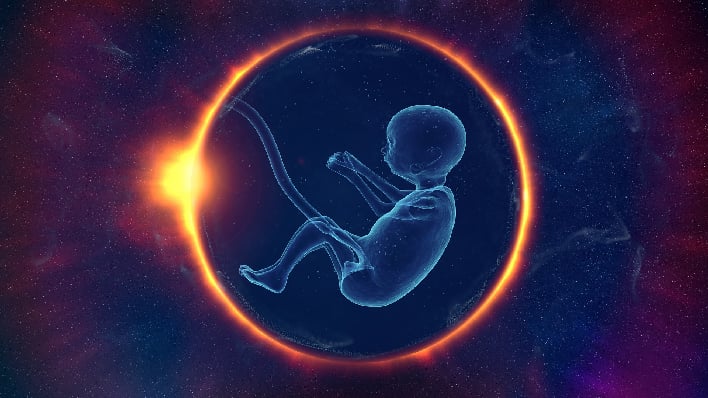Researchers Grow Mouse Embryos In Space But What Does That Mean For Humans?

As space agencies continue to move forward with plans to one day have humans travel to Mars, creating a habitat for them to exist long-term on the Red Planet goes together. This has led researchers to begin studying what effects, if any, space and other planetary climates will have on reproduction. One group of researchers took on the challenge of answering some of the questions when it cultivated mammalian embryos aboard the microgravity environment of the International Space Station (ISS).
The experiment was led by molecular biologist Teruhiko Wakayama of the University of Yamanashi. The initial results show that mouse embryos can survive in a space environment.

While earlier research has shown that simulated microgravity had a deleterious effect on embryonic development, the team focused on the early development of the embryo. The team of researchers fertilized mouse embryos then developed them to the two-cell stage, and then froze them. They were then shipped to the ISS to be thawed and cultured by astronauts in a specialized machine designed for that purpose.
Astronauts onboard the ISS then cultured the embryos. At the end of the process, the astronauts preserved them in paraformaldehyde to be shipped back to Earth for further analysis by Wakayama and his team. The research included multiple sets of embryos, with one being cultured on Earth in a gravity environment. A second set was cultured onboard the ISS in simulated Earth gravity, and the rest were done in microgravity.
The results showed that there was a lower survival rate for the embryos cultured in microgravity than those cultured on Earth. However, the embryos that did survive developed normally. This was an encouraging sign to the researchers that while there might be a lower survival rate in space, those that do survive should be healthy.
There is still a lot of research that needs to be done. “Based on these reports and our results, perhaps mammalian space reproduction is possible, although it may be somewhat affected,” researchers wrote in a paper submitted to iScience.

